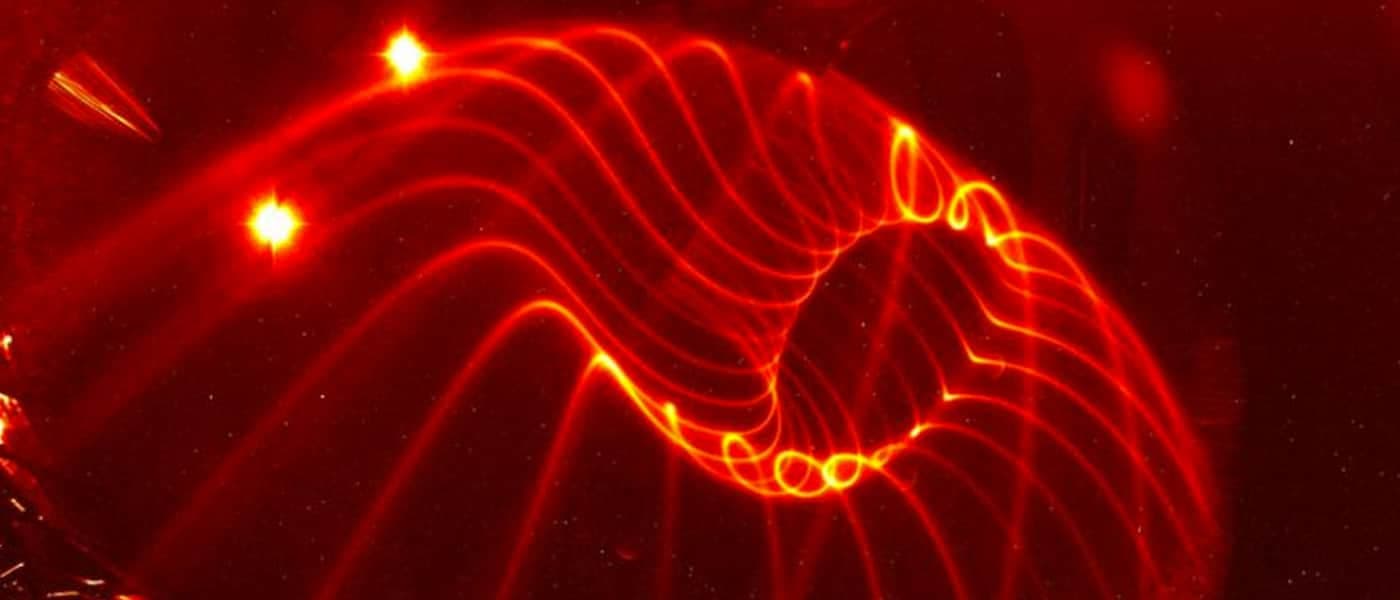Magnetic Precision
The methods by which we power the world — burning fossil fuels, capturing solar energy, etc. — are limited in their efficiency, and each has its own drawbacks, be they environmental, financial, or health related. By mimicking how the sun reacts atoms together in a process called nuclear fusion, scientists believe we could create a potentially limitless source of clean, renewable energy.
Unfortunately, no one has been able to develop a viable method for creating and harnessing this energy source yet. They are one step closer, however, thanks to the Wendelstein 7-X (W7-X) stellarator, a type of device that uses magnetic fields to confine the hot plasma that fuels fusion.
Built in Greifswald, Germany by the Max Planck Institute for Plasma Physics, the W7-X has been going through numerous tests since its debut last year, and a recent collaboration with physicists from the US Department of Energy's Princeton Plasma Physics Laboratory (PPPL) just confirmed in Nature Communications that the stellarator does produce the extremely high quality magnetic fields anticipated by its design.
The device's discrepancy of less than one part in 100,000 from its design expectations is truly impressive. "To our knowledge, this is an unprecedented accuracy, both in terms of the as-built engineering of a fusion device, as well as in the measurement of magnetic topology," the researchers said in the publication.
Sustainable Energy Source
Some researchers believe that viable nuclear fusion could still be decades away for a number of reasons, including numerous technological challenges, insufficient modern computer processing power, and the high cost of research. Indeed, the W7-X stellarator is a billion-euro project that took 10 years to construct. Given all its potential benefits in terms of our understanding of fusion power, though, that investment may be just what it takes to change the process of power generation forever.
While this confirmation from the PPPL is very good news, the W7-X still has many more tests and trials ahead of it. The researchers say that it will take years more of plasma research to determine if this stellarator is effective for nuclear fusion. If those tests are successful, the W7-X may be the key to giving society access to abundant clean and sustainable energy through fusion.
Share This Article
